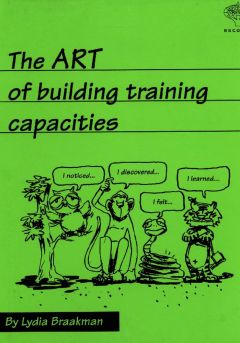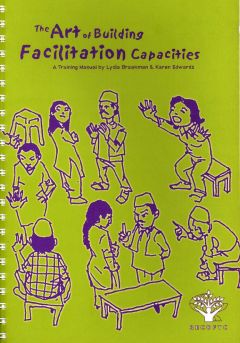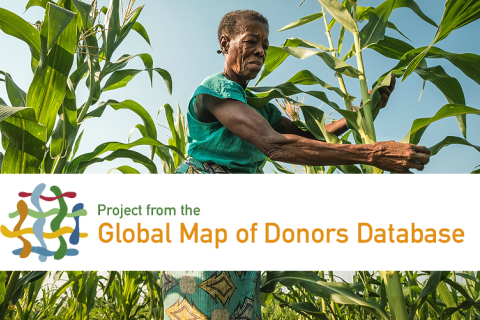Location
RECOFTC
RECOFTC is derived from an abbreviated form of the organization's legal name, Regional Community Forestry Training Center for Asia and the Pacific. Formerly the organization was known as RECOFTC – The Center for People and Forests.
RECOFTC – The Center for People and Forests is an international not-for-profit organization that focuses on capacity building for community forestry in the Asia Pacific region. It advocates for the increased involvement of local communities living in and around forests - some 450 million people in Asia-Pacific - in the equitable and ecologically sustainable management of forest landscapes.
The Regional Community Forestry Training Center for Asia and the Pacific (RECOFTC) opened in Bangkok, Thailand, in March 1987 with support from the United Nations Food and Agriculture Organization, the Government of Switzerland (through the Asian Development Bank), and Thailand's Kasetsart University.
Community forestry is widely acknowledged as a powerful solution for many of the challenges facing local people and the wider society, especially in improving rural livelihoods, enhancing community governance and empowerment, transforming forest-related conflict, protecting and enhancing the environment, and helping to fight climate change. As a capacity-building organisation, RECOFTC improves the ability of people and organisations to conduct community forestry effectively and sustainably.
RECOFTC works toward its mission through four thematic areas:
- expanding community forestry
- people, forests and climate change
- transforming forest conflict
- securing local livelihoods.
Members:
Resources
Displaying 481 - 485 of 485Current Status of Community Forestry in Nepal
In The National Forest Plan of 1977, the poor and mountainous kingdom of Nepal recognized the need for the people’s participation in managing its forests. In an article for RECOFTC, Dr Keshav Kanel of Nepal’s Department of Forest, records the changes in society, governance and economy wrought by this gradual – but not uncontroversial – move to community forestry.
Linkages Between Community Forestry and Poverty
RECOFTC conducted a review of the linkages between community forestry and poverty, with an emphasis on Asia. The analysis shows that clear empirical evidence exists, demonstrating that community forestry has provided tangible benefits to poor people. However, the evidence is limited to a few cases and there is no clear indication that these benefits have been scaled-up across a wider range. This has been a general pattern across the whole development sector, not just within forestry.
The Art of Building Training Capacities in Community Forestry Development
To improve natural resource management on a larger scale, trainings must create a lasting impact on participants' lives and work. With 30 years of experience delivering trainings in the Asia-Pacific region, RECOFTC has found the best way to improve the effectiveness of trainings is to use a more participatory and interactive approach. Building on trainers' existing skills and knowledge, this training manual offers methods for teaching and building capacities in natural resource management, especially "learning by doing".
This training manual will help enable trainers to:
The Art of Building Facilitation Capacities
This manual is designed for trainers and facilitators who have an interest in improving the facilitations skills of field workers in the context of community forestry development. It is designed as part of a facilitation training package supported by a training video that helps the trainer bring real life scenes from the field into the classroom alongside the sessions suggested in the manual. However, experience and feedback has illustrated the sessions are equally useful for developing the facilitation of skills of managers or fields workers in other development sectors.
ASEAN Partnership on Social Forestry and Climate Change
General
The programme has two specific objectives (1) Social forestry approaches integrated in climate change adaptation and mitigation strategies in ASEAN Member States (2) Socio-economic benefits derived from inclusion of vulnerable communities in adaptation and mitigation strategies






